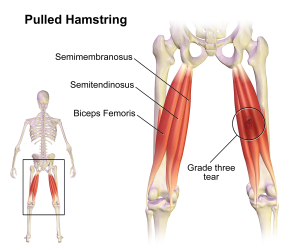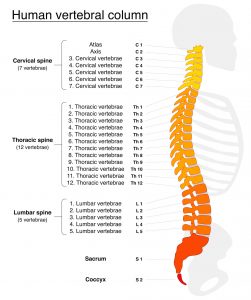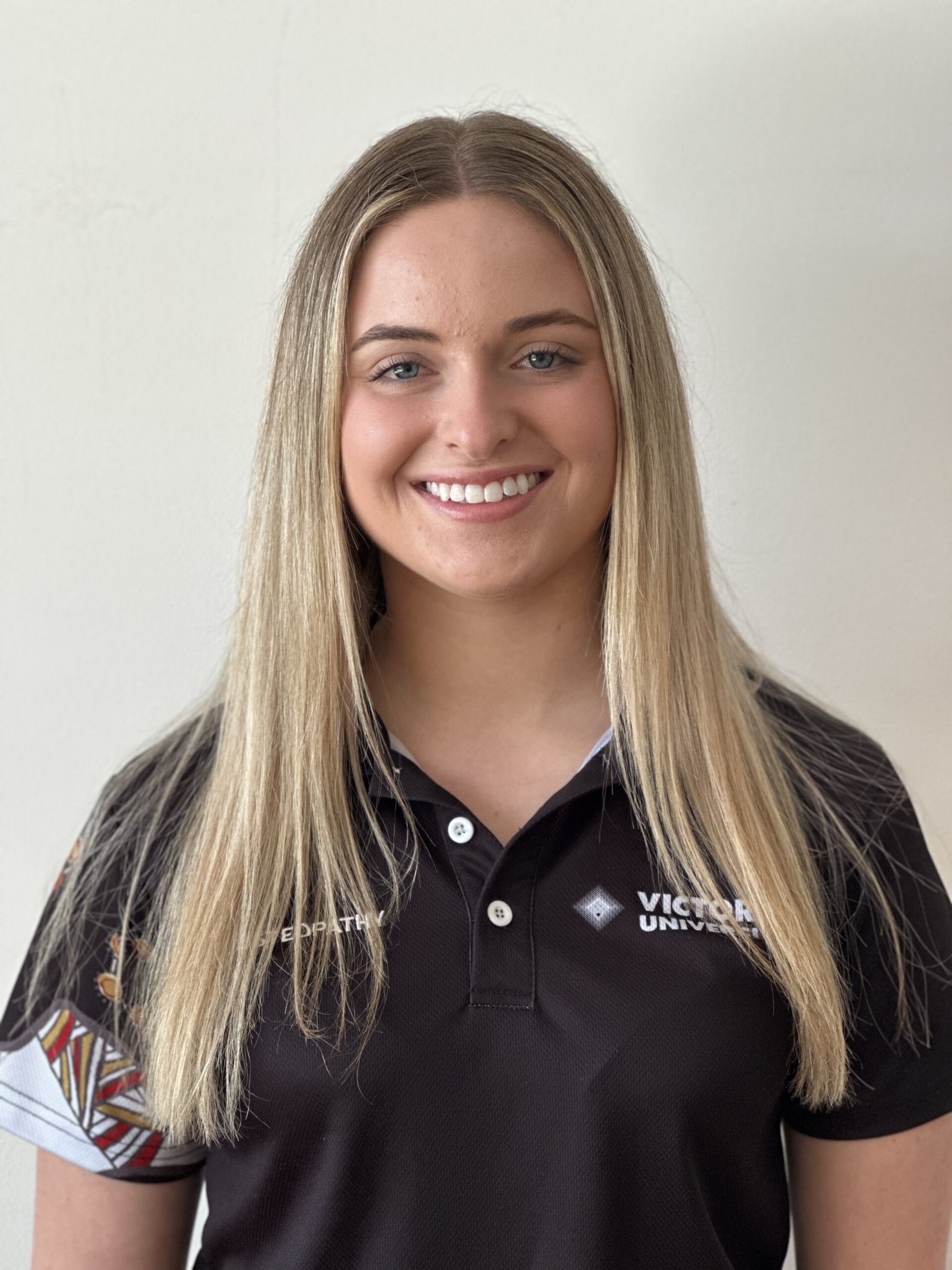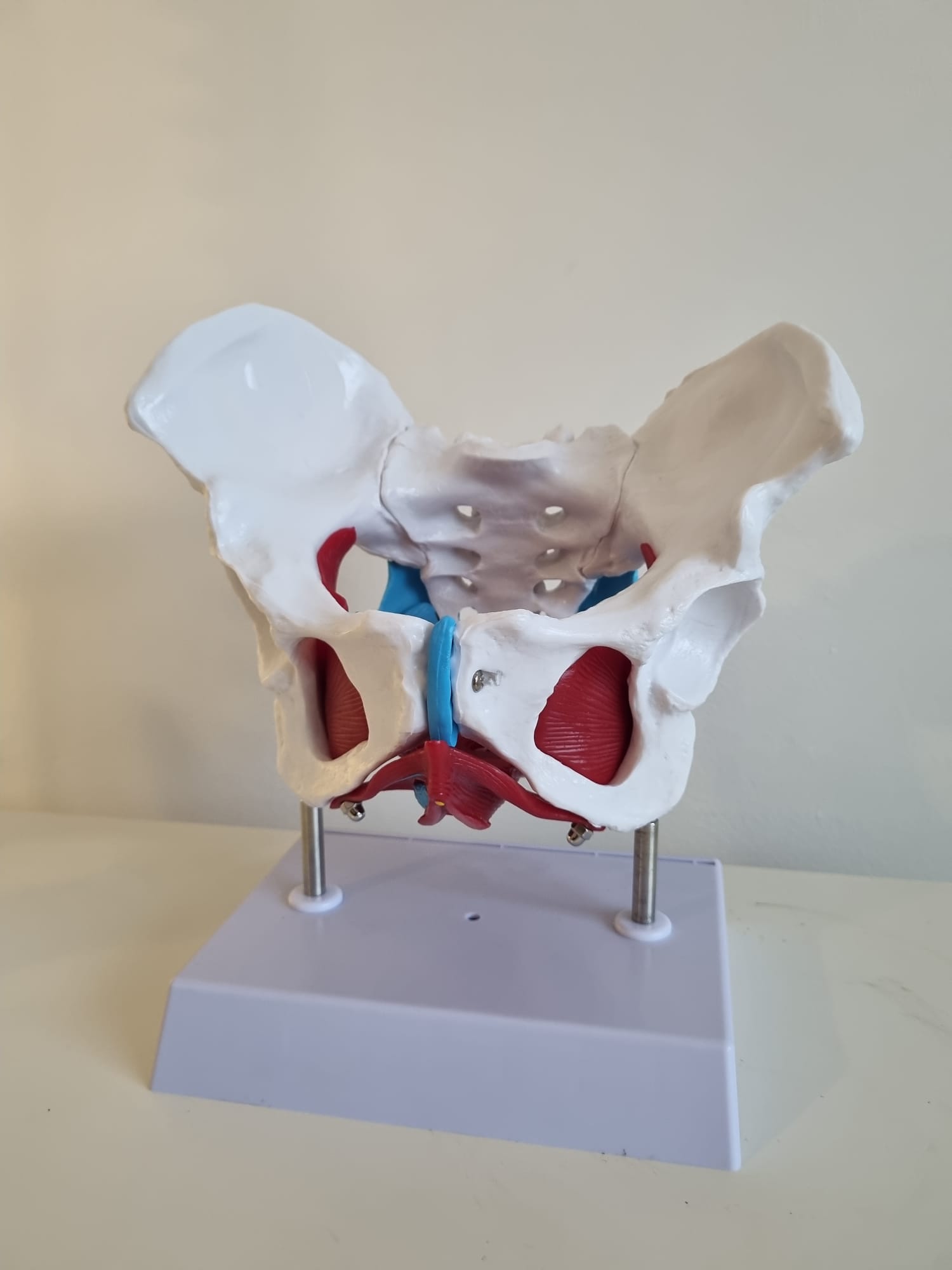
Foam Rolling for the Rotator Cuff
Foam Rolling Series for the Rotator Cuff Muscles
Our previous Foam Rolling Blogs have focused on the muscles in the legs, this week’s post will teach you how to safely and effectively release the muscles around the back of the shoulder known as the Rotator Cuff.
Our Rotator Cuff is a group of 4 muscles that play an important role in providing movement and also stability to our shoulder through daily activities, including overhead reaching, throwing and lifting. In the clinic we often see Rotator Cuff tightness and injuries in patients whose sporting activities, hobbies or jobs require repetitive overhead reaching or lifting.
Releasing the Rotator Cuff muscles can help prevent injury to the shoulder and maintain ideal function of the muscles.
Foam Rolling the Rotator Cuff
- Start by sitting on the floor with your knees bent, feet flat and your Foam Roller lying horizontally behind you.
- Cross your arms across your chest with each hand on the opposite shoulder.
- Slowly lay back so that the roller sits across your spine between your shoulder blades. Rotate your body to the left so that the back of your left shoulder rests onto the roller.
- From here you can lift up your hips and use your leg muscles to roll your self up and down over the roller along the back of the shoulder.
- You might like to rest your opposite hand down onto the floor for a bit more support.
- Continue to roll for 1-2 minutes or until you feel the muscles release. Use the rotation of your body to find different tender points in the muscles.
- Roll onto the right side and repeat on the right shoulder.
- Remember to stick to muscular areas and take caution not to role along the boney edge of the shoulder blade.
Spikey Ball
Alternatively to using the Foam Roller, the Spikey Ball can be used for release of the Rotator Cuff Muscles.
This can be done either lying on your back on the floor or bed or standing against a wall leaning onto the spike ball.
- Place the Spikey Ball under the shoulder between the shoulder blade and the ball and socket part of the shoulder. You will most likely find a few tender points in this area.
- Using your body weight lean onto the Spikey Ball, often you may find a referral of pain down the back of the arm to the elbow which is very normal; this is known as a trigger point referral.
- From here you can maintain the pressure on this trigger point for 1-2 minutes.
- For a release of the fascia surrounding the rotator cuff, simply reach your arm slowly out to the side and up along the wall or floor while maintaining pressure on the trigger point. Slowly return the arm back down and repeat 5-10 times.
Injuries to the Rotator Cuff muscles are very common; if you think that you may have a Rotator Cuff injury or need some advice in managing shoulder pain, please feel free to call the clinic or make an online booking to have this assessed.





